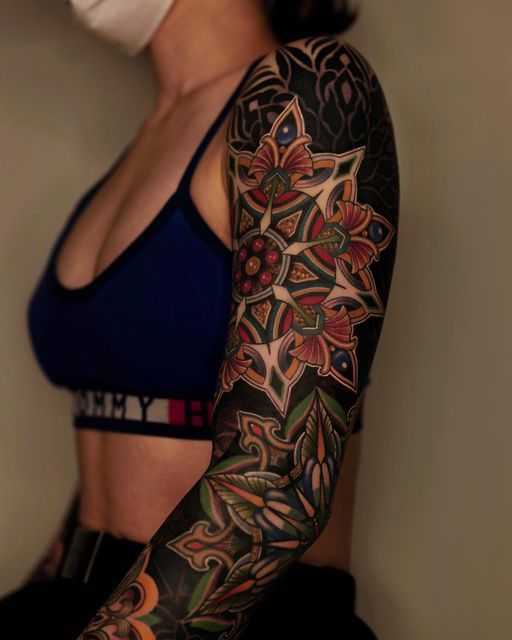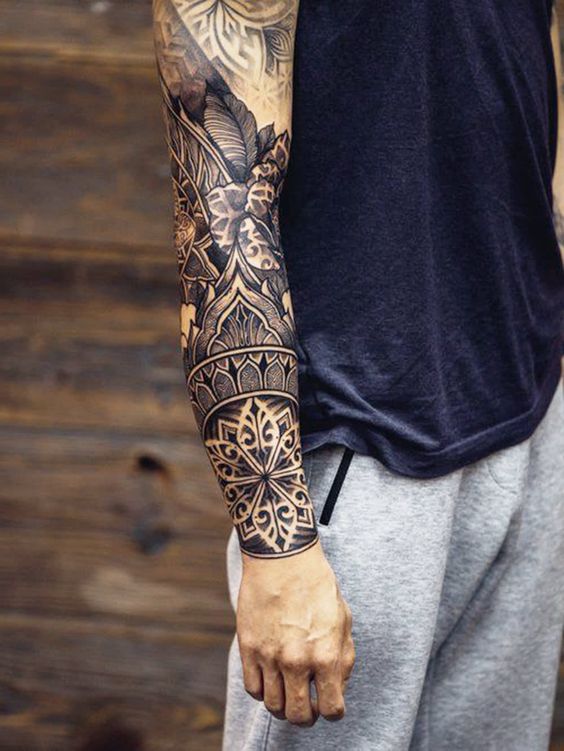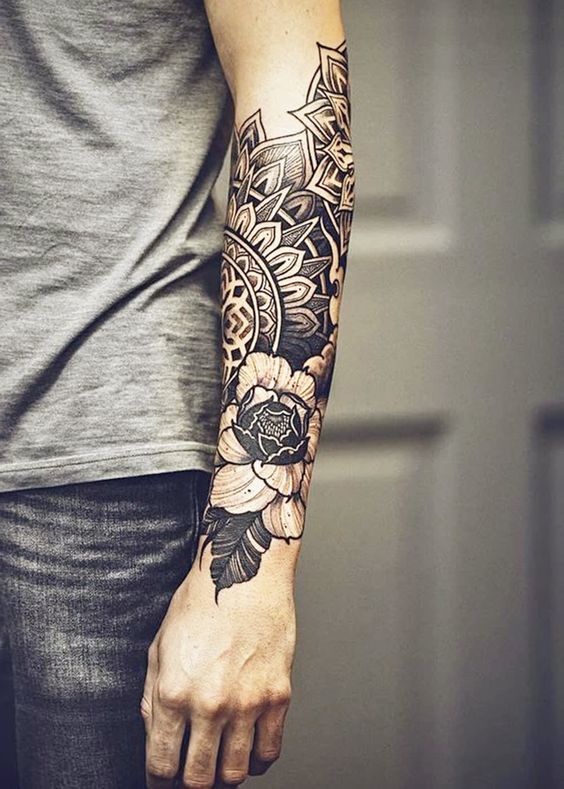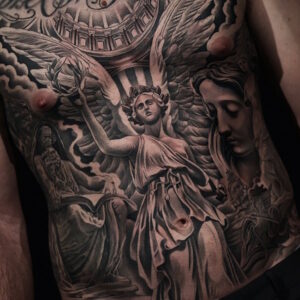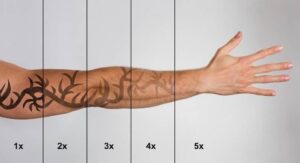The word “mandala” is from the classical Indian language of Sanskrit. Loosely translated to mean “circle,” a mandala is far more than a simple shape.
A mandala is a picture that tells a story, the journey of someone’s life. We all seek happiness and fulfillment, and Mandalas are a tool that can guide us straight to the heart of this search. While intended to be visually appealing, a mandala’s design is that of a spiritual essence that surrounds the individual observing it, while allowing to experience a higher consciousness or awareness. Its primary shape is a circle that holds symbols in symmetry and balance.
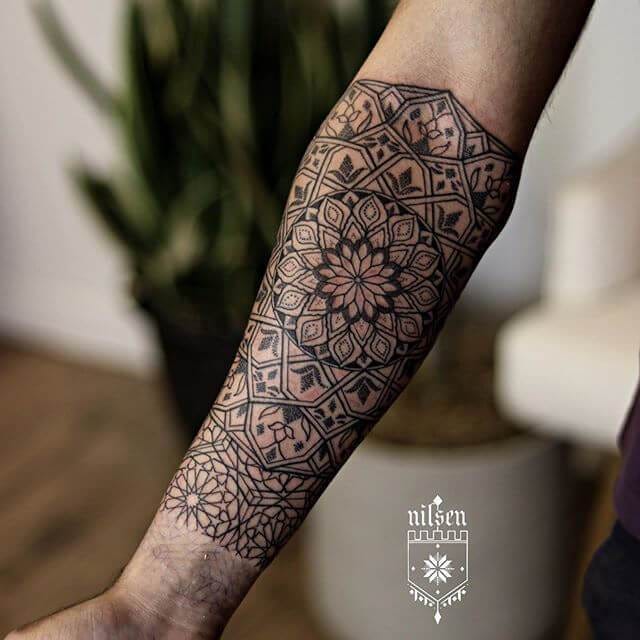
Religious Traditions
It is noteworthy that Mandala designs are shared among many religions. In Christianity, some forms of mandala include the Celtic cross, the Crown of Thorns, and also the rosary and the halo. A great example is the circular Aztec calendar, which was both a timekeeping device and a religious expression of ancient Aztecs. The Taoist “yin-yang” symbol represents opposition as well as interdependence in Asia.
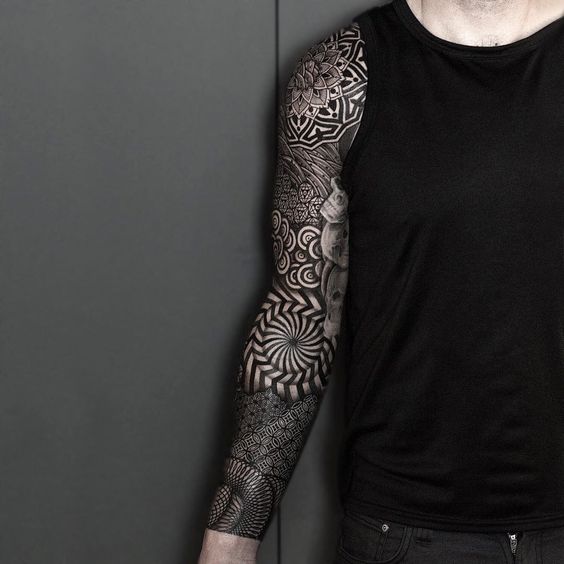
A Spiritual Connection
The mandala is beyond art form: it’s a message and process that mirrors and integrates, reflecting the eye that sees and transcends. In many traditions, it is the nature of how the universe is designed.
Precision is key when it comes to creating mandalas. They can be based on or include a variety of geometric shapes, using patterns that have evolved from different symbols. Mandalas have gained huge popularity in tattooing and thus we are getting to see some amazing examples. The trendiest designs include flowers, Ganesha god, chakra wheels, animals, and have lots of dotting and shading work. Calf, sternum, arm, back, thigh, hips, forearm are some of the common areas of the body where a mandala can fit perfectly.
Mandala Masters
Many artists around the world have specialized in these specific geometric designs such as Dillon Forte, Coen Mitchell, Otheser, Joseph Haefs and Alvaro Flores. Here are some of our favorite works by them. Enjoy!
